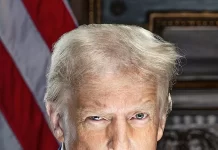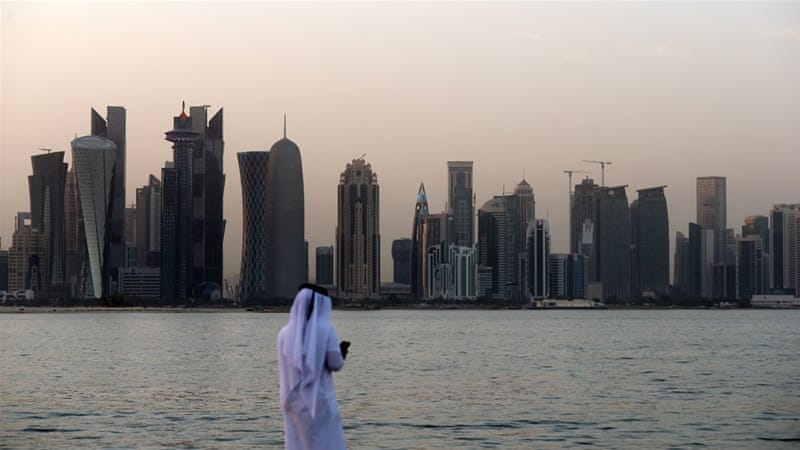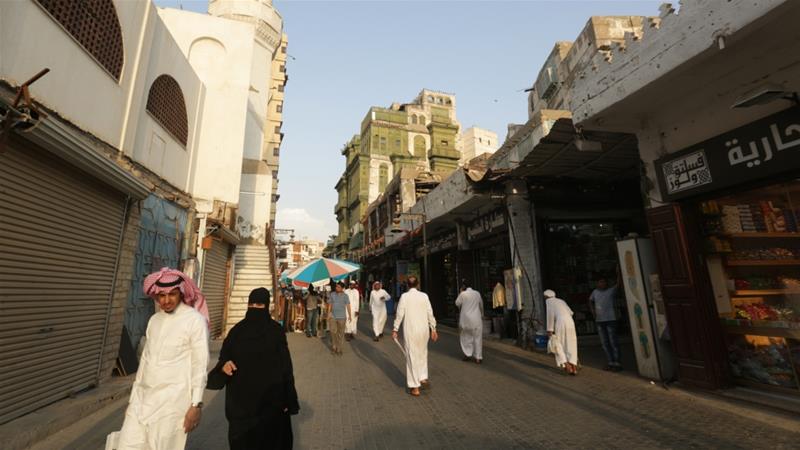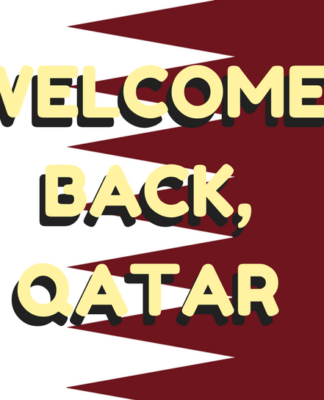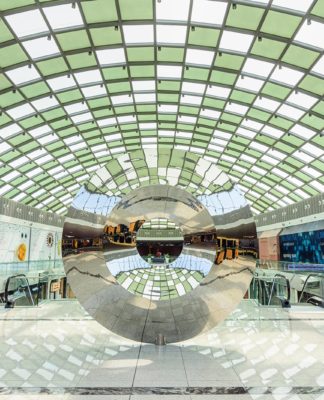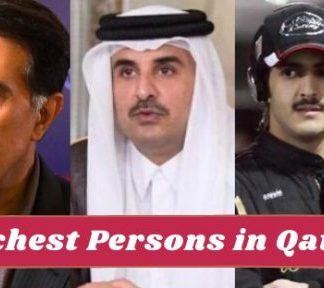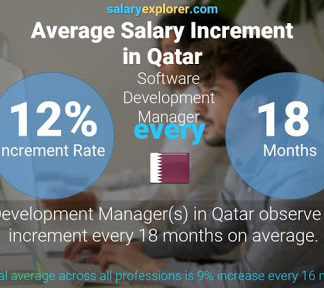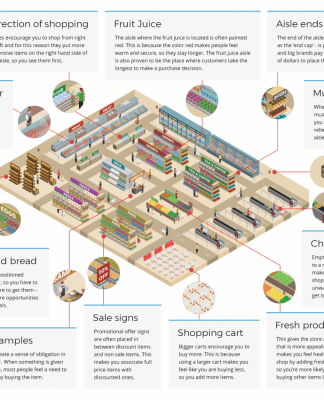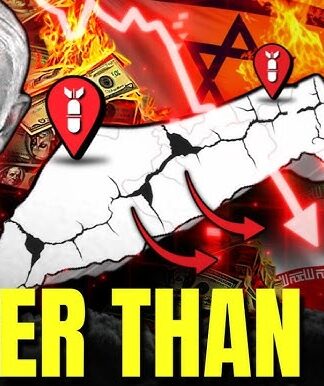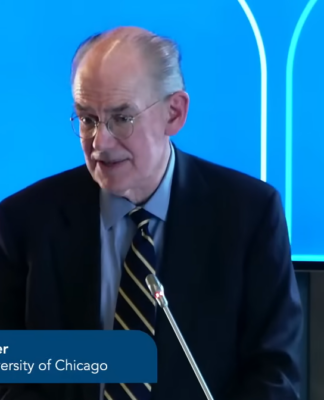![How the blockade on Qatar failed The blockade on Qatar was imposed on June 5, 2017 [AFP]](https://www.aljazeera.com/mritems/imagecache/mbdxxlarge/mritems/Images/2017/7/12/d6cd081bf39c4da8b088e518e3253486_18.jpg)
On the morning of June 5, 2017, Qataris woke up to the shocking news that their country was under blockade. The hostile move came from none other than its Arab neighbours and cofounders of the Gulf Cooperation Council (GCC): Saudi Arabia, the UAE, and Bahrain, along with their ally, Egypt. The so-called quartet abruptly cut off diplomatic ties with Qatar and imposed travel and trade bans.
The “shock and awe” strategy was meant to precipitate the collapse of the Qatari government, or at least its capitulation. Thirteen demands were presented to Qatar. They included shutting down the Al Jazeera media network, reducing diplomatic relations with Iran, and closing a Turkish military base near Doha.
Qatar was also asked to pay reparations for years of alleged damages caused by its policies to the blockading countries.
It was disclosed later that the quartet had also considered military action against Qatar but the US Department of Defense, which has its largest military base in the Middle East in Qatar, had warned against it.
Qatar was taken by surprise by the Saudi-led diplomatic offensive and was unprepared for such a major escalation. However, the blockade largely failed to bring down the country and has made Doha that much more resilient.
Why Qatar was caught off guard on June 5, 2017
Before the blockade was imposed on June 5 last year, tensions flared within the GCC had already flared once before. In March 2014, Saudi Arabia, the UAE and Bahrain withdrewtheir ambassadors from Doha, claiming that Qatar had not implemented a security pact for “non-interference” in their internal affairs.
Doha’s independent foreign policy had irritated Riyadh and Abu Dhabi. However, the lack of sympathy from the Obama administration prevented Saudi Arabiaand the UAE from taking further action against Qatar.
Qatar may have incurred heavy financial costs as a result of the blockade – estimated at $43bn by Bloomberg – but it has become more independent than ever.
Doha also opted for reconciliation at that time, with the emir, Sheikh Tamim bin Hamad Al Thani, seeking to have a fresh start with his neighbours. Hence, after the Riyadh agreement was concluded in November 2014, the three GCC countries returned their ambassadors to Doha and the leaders of Saudi Arabia, UAE and Bahrain attended the annual GCC summit in the Qatari capital in December 2014.
When the Saudi-led coalition launched an offensive against the Houthi rebels in 2015, Qatar sent troops to Yemen to support it. In January 2016, Qatar also withdrew its ambassador from Tehran in an act of solidarity with Saudi Arabia, following an attack by angry protesters on the Saudi embassy in Tehran. The Qatari government also considered providing financial support for the ailing Bahraini economy. Both Prime Minister of Bahrain, Prince Khalifa bin Salman Al Khalifa and Bahraini Crown Prince Salman Al Khalifa paid separate visitsto Doha in February and March 2017 to discuss how Qatar can help in this matter.
In short, the view from Doha was that relations with the three GCC countries were improving at a steady pace after the resolution of the 2014 crisis.
It turned out that what was perceived in 2014 to be the turning of a new page between the three GCC countries was nothing more than a short respite. Failing to secure the backing of the then-Obama administration, the blockading countries decided to bury the hatchet temporarily and wait for another opportunity to take care of unfinished business with Qatar, which they claim goes back over 20 years.
Donald Trump‘s victory in the 2016 US presidential elections changed the picture dramatically. With a new president in the White House willing to back them, Riyadh and Abu Dhabi were encouraged to resume the conflict and bring it to a decisive conclusion.
Why the blockade did not achieve the intended result
Despite all the pressure, however, Qatar, and to the surprise of many, decided to fight back. After surviving the initial shock, it launched a coordinated diplomatic effort.
The key objective was to freeze the conflict and prevent further hostile actions by the blockading countries. The focus of the campaign was Washington. After months of hard work, Qatar succeeded in changing the position of President Trump.
More importantly, Qatar won a solid US commitment towards its security. Following the first US-Qatar annual strategic dialogue in Washington, on January 30, 2018, the US Department of State issued a statement, expressing its desire“to work jointly with Qatar to deter and confront any external threat to Qatar’s territorial integrity that is inconsistent with the United Nations Charter.”
On a different front, Qatar implemented a military agreement with Turkey, signed during the 2014 crisis, allowing for the expansion of Turkey’s military presence in Qatar. And as a result of being forced to reroute flights to and from Doha through Iranian airspace, Qatar sent back its ambassador to Tehran.
In addition, cutting off supply routes through the blockading countries made Iran Qatar’s only access to secure food, water and medicine supplies. The trade balance between the two countries dramatically increased as a result, reaching $2bn over the past year.
The whole crisis has hence ended up producing the exact opposite result of the one intended by the blockading countries. Instead of reducing Qatar’s ties with Iran, it led to strengthening them, while Turkey has, for the first time, become part of Gulf security, through its military presence in Qatar. Al Jazeera is still on the air and continues to broadcast critical reports about the quartet.
Even the multi-million-dollar Saudi-UAE PR campaign to tarnish the image of Qatar and link it to activities related to financing terrorism has failed to produce the intended effects. The two GCC countries waged a covert information war to demonise Qatar and precipitate a shift in US policy towards it. They hired PR firms, lobbying groups, and paid think tanks to hold anti-Qatar public events.
Saudi Arabia and the UAE also employed political consulting firms, such as a subsidiary of SCL Group, the parent company of the political-research firm Cambridge Analytica, to lead an anti-Qatar media campaign. These efforts produced little impact, however. Qatar circumvented them by signing an agreement with the US in July 2017 aimed at combating the financing of terrorism.
Indeed, Qatar may have incurred heavy financial costs as a result of the blockade – estimated at $43bn by Bloomberg – but it has become more independent than ever. In fact, most Qataris believe today that they have achieved their real independence.
The views expressed in this article are the author’s own and do not necessarily reflect Al Jazeera’s editorial stance.









